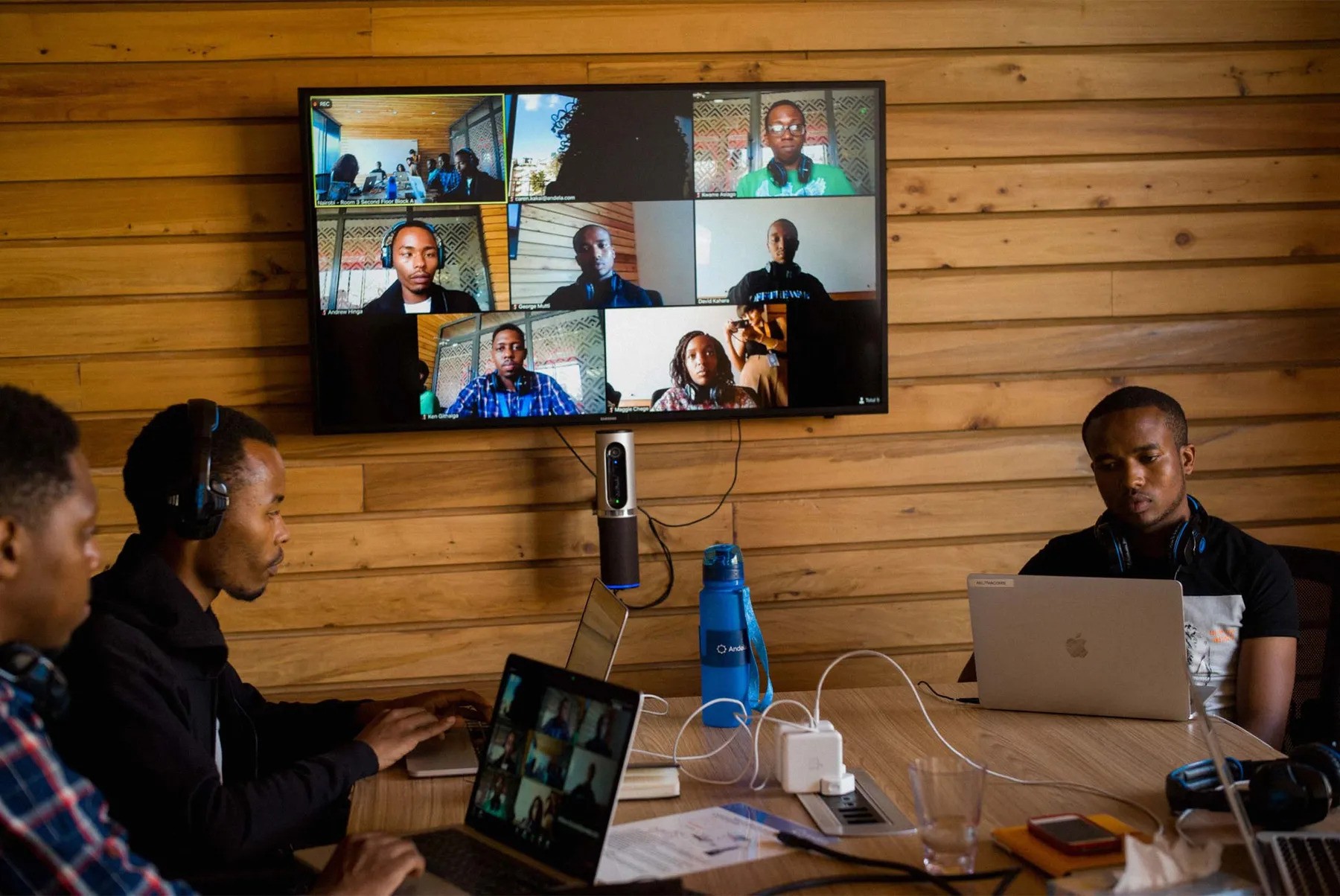Nigeria is Africa’s largest digital economy, with over 122 million internet users and a booming mobile-first market. From fintech to e-commerce, global and local tech companies are racing to tap into this high-growth space. However, launching a tech product in Nigeria comes with unique challenges—ranging from infrastructure limitations to regulatory hurdles.
This guide outlines five essential steps to successfully introduce your tech product to the Nigerian market, using real-world examples from successful startups.
Step 1: Conduct Market Research & Understand the Landscape
Example: Why Paystack and Flutterwave Thrived
When Paystack and Flutterwave entered Nigeria’s fintech space, they focused on solving a key problem—reliable online payments. They studied the challenges of card payments in Nigeria (such as failed transactions and low trust) and developed localized solutions like seamless API integrations for businesses.
Key Considerations:
- Internet Usage: Nigeria has a high smartphone penetration rate, but a large portion of users rely on 2G/3G networks. Your product should be optimized for low-bandwidth environments.
- Consumer Behavior: Nigerians rely heavily on social media (WhatsApp, Twitter, Instagram, and TikTok) for product discovery and customer service.
- Regulations: If you’re launching a fintech product, you must comply with CBN (Central Bank of Nigeria) guidelines. If it’s a data-driven product, NITDA’s data protection regulation (NDPR) applies.
Step 2: Localize Your Product & Business Model
Example: How Opay Scaled with Localized Offerings
Opay didn’t just launch as a generic fintech company—it introduced services like Okash (lending), Oride (bike-hailing, now defunct), and Ofood (food delivery), targeting everyday Nigerian needs. The company also integrated USSD payments to cater to people without smartphones.
Key Considerations:
- Payment Options: Mobile money and bank transfers are more widely used than credit/debit cards. Ensure your product supports Paystack, Flutterwave, or Monnify for seamless transactions.
- Language & UX Design: English is the official language, but Pidgin English and local languages (Yoruba, Hausa, Igbo) help connect with a broader audience.
- Offline Accessibility: Some companies, like PalmPay, introduced agent networks for users without internet access.
Step 3: Build Strategic Partnerships & Stakeholder Engagement
Example: MTN & Jumia’s Strategic Collaboration
E-commerce giant Jumia partnered with MTN, Africa’s largest telecom provider, to expand mobile payments and logistics. The partnership allowed Jumia to integrate MTN MoMo (mobile money), making it easier for customers to pay.
Key Considerations:
- Telcos as Growth Partners: If your product requires internet access, consider partnerships with MTN, Airtel, or Glo for zero-rated data services.
- Tech Hubs, Accelerators and Media: Engage with CcHub, Techpoint Africa, and Lagos Innovates to gain visibility.
- Regulatory Relations: Companies like Kuda Bank navigated regulatory challenges by obtaining a microfinance banking license before fully launching.
Step 4: Launch with a Loud Campaign, Field Activation & Media Engagement
Example: How PalmPay Captured Attention with an Aggressive Market Entry
When PalmPay entered Nigeria, it launched a highly visible campaign, giving away free airtime, offering aggressive cashback rewards, and deploying thousands of field agents across major cities. The result? Rapid user adoption and widespread brand recognition.
Key Considerations:
- Loud Launch Campaign: Nigeria is a crowded market. You need a big, attention-grabbing campaign to get people talking. Think of bold activations like billboard takeovers, social media challenges, and influencer partnerships.
- Field Activation: Deploy brand ambassadors and sales reps in high-traffic areas like universities, markets, and malls. Companies like Migo (formerly Kwikmoney) used field agents to introduce their lending products directly to users.
- Media Engagement: Get coverage on TechCabal, BusinessDay, Business Insider and The Guardian Nigeria. Leverage press releases, interviews, and influencer reviews to gain credibility and reach a wider audience.
Step 5: Optimize for Scalability & Continuous Improvement
Example: How Cowrywise Adapted to Scale
Cowrywise, an investment app, started with a web-only platform but quickly introduced a mobile app and USSD support to cater to non-smartphone users, ensuring more adoption.
Key Considerations:
- Iterate Based on User Feedback: Apps like Bundle Africa (crypto trading) adjusted their KYC process after user complaints.
- Infrastructure for Scale: If you’re building an app-heavy product, consider AWS, Google Cloud, or local cloud providers to prevent downtime.
- Beyond Lagos Expansion: While Lagos is the tech hub, expanding to Abuja, Port Harcourt, and Ibadan increases your total addressable market (TAM).
Conclusion
Launching a tech product in Nigeria requires deep market understanding, strategic partnerships, and continuous adaptation. By following these five steps—market research, localization, partnerships, marketing, and scalability—your product stands a better chance of success in Africa’s largest tech market.





